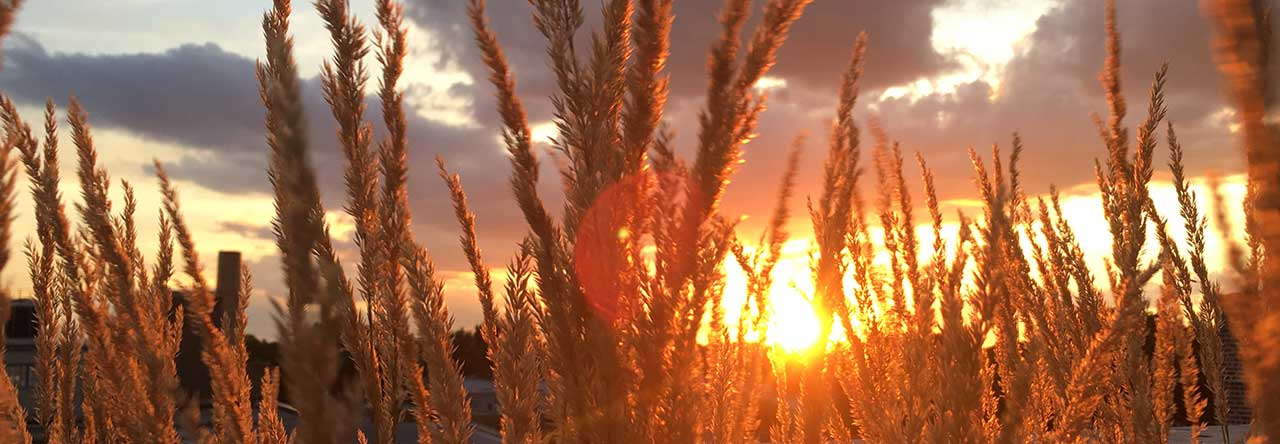For many years, I’ve wanted to come to Palenque. Since my first trip to the Mundo Maya in the early 90s, when I did a shoot at Chichen Itza with archeologist David Freidel, I had heard that Palenque — a classical period Mayan city in what is now in the Mexican state of Chiapas — is in a spectacular location and features incredible art on its walls and inside its temples. That is absolutely true. The ruins are surrounded by lush forest and the site lies in a hilly area with a stream running through it. Some bas reliefs and sculpture are left in situ to enjoy. But the museum houses the more important artifacts (well, those that haven’t been sent to other places), including ornate and colorful clay censers, and a replica of the tomb that was discovered below the Temple of the Inscriptions (photo above). Tomorrow, I’m taking a long day trip to two other Mayan sites in Chiapas: Bonampak, with its vibrant murals, and Yaxchilán, which is only reachable by boat. Below are some instagram photos of Palenque.
Month: July 2013
Postcard from Peurto Morelos, Mexico

In my first week in Mexico I hung out in the fishing village of Puerto Morelos, which has kept its charm as a village, in spite of being halfway between the resort towns of Cancun and Playa Del Carmen.
A fixture of the town, near the main pier and the central plaza, is a lighthouse. An older version — damaged beyond repair by a hurricane — still rests on the beach, listing to the north. The replacement is the same shape as the old one and both are quite photogenic.
Swimming with (but not jumping) the shark

Flavio is quick to point out that whale sharks are not whales, but sharks. “They’re the biggest FISH in the world,” he says.
He’s our guide on the hour-long drive to the launch where we’ll catch a boat to see these big creatures. Flavio gives us the lowdown on the day, pausing every so often to let a translator repeat the info for the three or four Russian speakers in the bus. The world’s largest fish can grow up to 65 feet long and weigh more than 35 tons (as big as, well, a whale!). Their skeletons (like mantas and other sharks) are made of cartilage, not bone. They have no teeth, but a wide maw of a mouth that filters the nearly-microscopic and plentiful protein of the sea. It takes a lot of that to make them grow to be the biggest fish in the sea.

Once at the pier, we board the “Angel of the Sea,” a motor boat that will take us the 20 miles out into the Caribbean, where the plankton and krill are plentiful, hovering just below the surface of the water. This confluence of food draws whale sharks from all around to gather here for a few months of feasting before they go their separate ways (they’re loners, these sharks, and don’t travel in groups).
Dani is our guide on this boat, a smart and fun guy who wears a lycra face mask against the wind, looking like an “Occupy” anarchist or a Mexican Claude Rains, an invisible man with Ray Bans.
He takes us out in pairs. I have the good fortune to be paired up with the beautiful spirit known as Fabienne. She works at the dive shop — Om Delfin — owned by her fellow Frenchman Delphine, and came along to see what the experience is like so she can tell others who come into the shop.

The experience, I am happy to report, is quite special. Though, with so many boats at the site, and so many snorkelers in the water, it can lead to traffic jams. The boat captains seemed to try their best to space themselves apart from one another, and with dozens of sharks feeding, it was easy for them to spread out. Fabienne and I agreed that we too often felt rushed. They allowed us only a couple of minutes in the water at a time, so that others on our boat could jump in. We felt we’d prefer to stay in longer each time and enter the water fewer times rather than being so hurried. Demasiado prisa. Too much haste. We never got the chance to be as chill and graceful as the incredible fish we were encountering.
Dani took several photographs and video with a little GoPro camera, and I got a DVD of the files from him. I edited some of the shots together this morning. (It’s clear he’s a professional guide, but not a professional photographer. And because the GoPro has no viewfinder, it’s rather hit or miss.) I make a few cameo appearances. Have a look:
Continue reading “Swimming with (but not jumping) the shark”
Birthday in New York Harbor
Earlier this month, I gathered a group of friends — from various points in my life, from college to my early work days to my New York years — to New York Harbor to join me for a few hours on the Ventura, the 1919 schooner that viewers of this blog should be quite familiar with. We set out into the harbor and encountered a solid half hour of steady rain. It soaked through the little ponchos the boat supplied. But once the rain stopped, we were given the most wonderful gift: a double rainbow. What does it mean? I think it means the next half century is going to be just as good as the first.
All photos and text ©2013 Craig Duff
All Rights Reserved































